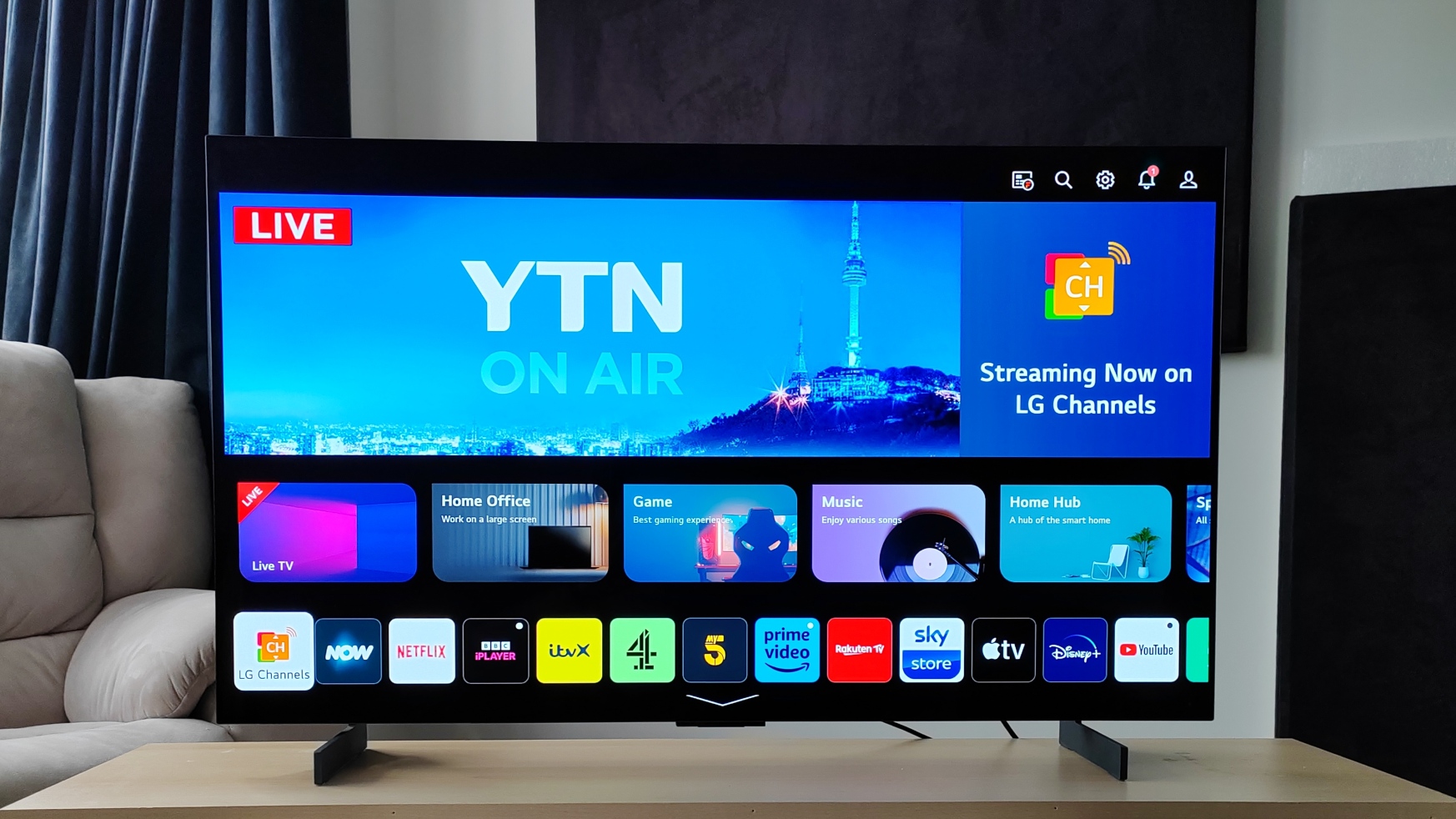Smart TVs that are good for gaming are changing the way we play

In the previous ten years, television technology has come a long way. TVs have come a long way since the days of conventional LED panels. Now they come in 4K and even 8K. This has revolutionized the way we watch movies and TV shows. The concentration on gaming is one of the largest changes in recent years. Smart TVs that are specialized for gaming are no longer just conventional TVs with a console hooked in. They have capabilities built in to make gameplay better, eliminate lag, and make the experience more immersive. These TVs are becoming must-haves for gamers who want the best from their PlayStation, Xbox, or PC setup.
What makes a TV good for gaming?
Having outstanding visual quality is not the only thing that makes a smart TV good for gaming. The main difference is in the performance features, even though clear resolution and bright colors are important. Gamers want things to happen quickly, respond quickly, and look good. Gaming TVs are made with features like reduced input lag, high refresh rates, and support for variable refresh rates to make sure that every action on screen feels real-time.
These TVs also work with gaming consoles and cloud gaming services, so they are more than simply screens; they are part of the whole game experience. They turn a simple living room setup into a real gaming hub by having built-in apps, sophisticated graphics processing, and being able to work with the newest consoles.
What Input Lag and Response Time Mean
Every millisecond counts when you play games. Input lag is the time it takes for an action to happen on the screen after you push a button on the controller. For casual watching, a standard TV could have an input lag that feels a little slow. But for fast-paced games like shooters or racing games, this lag can be really annoying.
Smart TVs that are built for gaming cut down on input lag to as little as a few milliseconds, so players get feedback almost right away. This makes movements crisper, targeting more accurate, and the whole game smoother. Response time, or how quickly pixels change color, also influences how clear the image is. A low response time keeps fast-moving objects from blurring or leaving ghosting trails on the screen.
Refresh Rates and Gameplay That Is Smooth
Refresh rate is another important element of gaming TVs. A normal TV’s screen refreshes 60 times per second, which is 60Hz. This is good for movies, but it can feel restrictive for competitive games. Gaming TVs now have refresh rates of 120Hz and even 144Hz, which makes the action smoother and the gameplay more fluid.
These displays get rid of screen tearing and stuttering when used with NVIDIA G-SYNC and AMD FreeSync, which sync the TV’s refresh rate with the console or PC. The end effect is a smooth experience that keeps gamers completely involved in their game environment.
4K with HDR for Realistic Images
The quality of the graphics is quite important for getting into a game. Many smart TVs that are good for gaming feature 4K Ultra HD resolution, which makes modern games look more real by adding more detail to textures and making visuals sharper. A lot of them also offer HDR (High Dynamic Range), which makes colors more accurate, contrast better, and brightness higher.
This means that darker scenes show more detail instead of looking washed out, while dazzling highlights look natural and bright. This level of detail changes the experience from just playing a game to feeling like you’re on a movie-like adventure for games with dramatic graphics.
Cloud Gaming and Apps That Come With It
Cloud gaming services like Xbox Cloud Gaming, Nvidia GeForce Now, and Amazon Luna have become very popular in the last several years. These services are taken into account while making gaming-optimized smart TVs. Players don’t need a console or a high-end PC to play games; they can stream them right through their TV.
This makes gaming more accessible to more people, since casual gamers may enjoy top games without having to buy pricey hardware. These TVs are great for cloud gaming since they have powerful processors and excellent networking.
Support for HDMI 2.1 and connectivity
It’s not enough to have good graphics for gaming; you also need a solid connection. Smart TVs that are made for gaming today have HDMI 2.1 connectors. These ports allow increased bandwidth and sophisticated gaming capabilities like 4K at 120Hz, variable refresh rates, and fast frame transport.
HDMI 2.1 is necessary for next-gen consoles like the PlayStation 5 and Xbox Series X to reach their full potential. Another feature that gamers like is auto low latency mode (ALLM), which makes the TV transition to a low-lag mode when it sees a console.
Audio & Sound That Makes You Feel Like You’re There
Sound completes the gaming experience, even though images are quite important. Many gaming TVs come with excellent audio systems that can play 3D surround sound, and some even support Dolby Atmos. In competitive games, players might react faster when explosions, footsteps, and other sounds are more realistic.
These TVs also work with wireless audio systems, which cuts down on lag and makes sure that the sound matches the action exactly for people who like to wear headsets.
Why Gamers Are Picking Smart TVs Instead of Monitors
For years, dedicated gamers preferred monitors for competitive play because they had faster response times and higher refresh rates. But smart TVs that are good for gaming are closing that gap. They have huge screens, advanced gaming modes, and performance that is on par with both monitors and TVs. They are the best of both worlds.
Console gamers love this change since they can play 4K games on a big screen from the comfort of their couch without losing performance.
Future of Smart TVs Made for Gaming
As technology gets better, smart TVs that are good for gaming will also get better. 8K TVs with AI upscaling are already starting to come out, which makes older games seem better than ever. Latency is getting even lower, and connecting to cloud gaming systems is becoming the norm.
There may potentially be additional AI-driven improvements in the future, like when the TV automatically changes the visual and sound settings based on the game being played. Competitive shooters might offer less lag and clearer graphics, while story-driven RPGs might focus on theatrical graphics and sound that makes you feel like you’re in the game.
Final Thoughts
Smart TVs that are intended for gaming are transforming how people play video games. They have the newest display technology, speedier performance, and built-in gaming features that make the experience feel real, responsive, and immersive. If you take gaming seriously or just want to get the most out of your console or cloud games, you need to buy a smart TV that is made for gaming. It is increasingly becoming a need.




